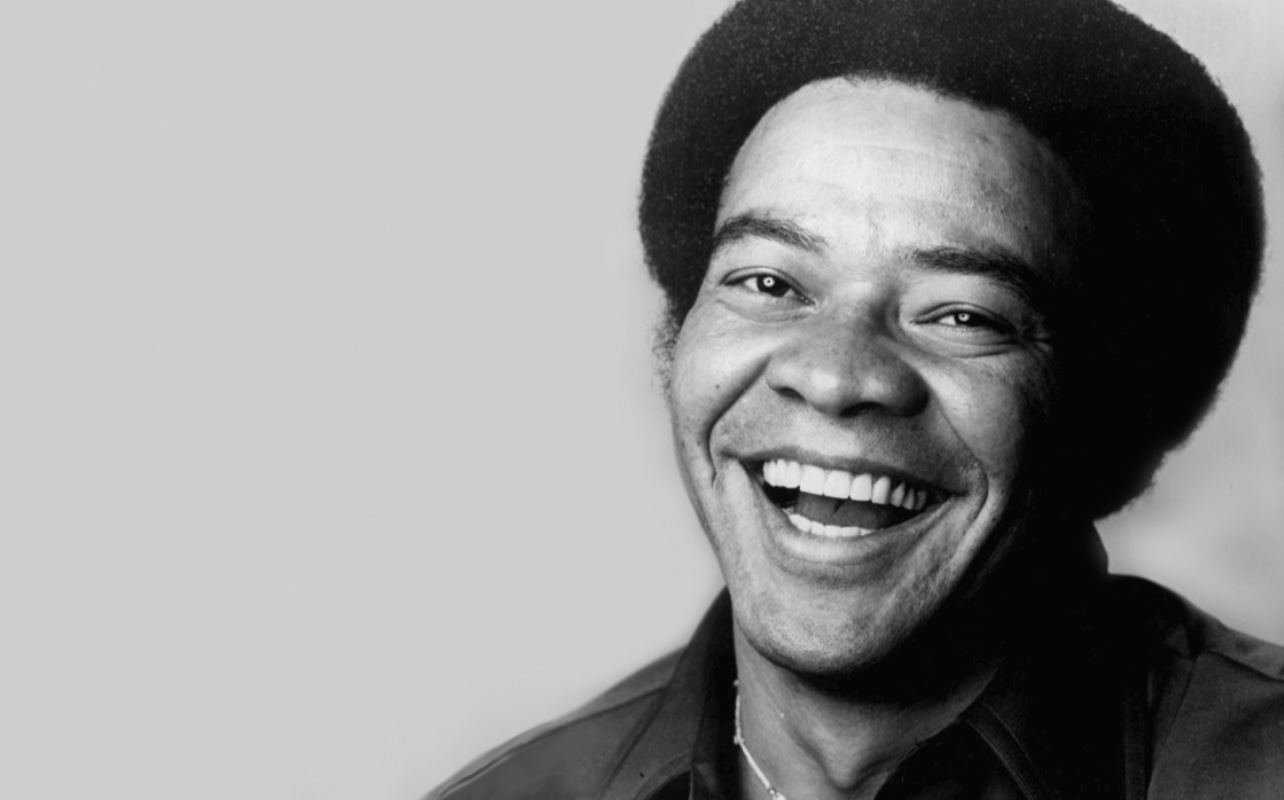
It wasn’t a makeover. As a New York Post headline quipped, it was a makeunder.
In a twist that would make even the most outlandish reality TV producers blush, Kanye West‘s ill-fated foray into high-end real estate has left jaws dropping and wallets significantly lighter. The rapper-turned-designer’s brief ownership of a $57.3 million Malibu mansion has spiraled into a cautionary tale of ego, extravagance, and what happens when unbridled creativity collides head-on with practical realities.
West, no stranger to controversy, purchased the architectural marvel designed by Pritzker Prize-winning architect Tadao Ando in 2021. The acquisition seemed to signal a new chapter for the artist, one where his penchant for boundary-pushing aesthetics would find a concrete (quite literally) canvas. However, what transpired over the next two years has left real estate moguls, architecture aficionados, and casual onlookers alike scratching their heads in disbelief.
In a move that can only be described as audacious, West proceeded to gut the entire property. Windows? Gone. Doors? A thing of the past. Electricity and plumbing? Apparently superfluous in Ye’s grand vision. The rapper’s plans for the space read like a fever dream concocted by a team of avant-garde artists and amusement park designers: stairs morphing into slides, floors transforming into trampolines, and the exterior camouflaged to… blend in with the Pacific Coast Highway? One can only imagine the raised eyebrows at the Malibu City Planning Department.
But before West could manifest his fantastical reimagining, financial realities came knocking. Forced to offload the property, the “Gold Digger” hitmaker found himself on the receiving end of a $36-million loss. Enter Bo Belmont, CEO of Belwood Investments, a California-based real estate crowdfunding firm that swooped in to acquire the stripped-down shell of what was once hailed as an architectural masterpiece.
Belmont, pulling no punches, laid bare his thoughts on West’s renovations in an interview with the Los Angeles Times. “That was a really dumb move. Really no purpose,” he stated, his words dripping with the kind of disdain usually reserved for discussing particularly egregious fashion faux pas. “He single-handedly destroyed this architectural masterpiece.”
The real estate magnate’s mission now? To perform what amounts to an architectural exorcism. “My goal is to make it as though Kanye was never there,” Belmont declared, outlining his plan to restore the property to its original Ando-designed glory. It’s a task that promises to be as complex as it is costly, undoing the damage wrought by West’s brief but impactful tenure as the home’s owner.
Belmont’s critique didn’t stop at the aesthetic choices. He took aim at West’s apparent disregard for the notoriously stringent Malibu building codes and approval processes. “It would have required extensive review,” he noted, adding with a touch of schadenfreude, “There’s a process to it and he does things his own way, and the city of Malibu, they don’t care who you are they’ll hold you accountable.”
This saga serves as a stark reminder that even the most celestial of stars aren’t immune to the gravitational pull of municipal bureaucracy and market forces. West’s vision for the property, while undeniably original, seemed to exist in a realm untethered from the practical considerations of building codes, structural integrity, and basic livability.
The incident has sparked a broader conversation about the intersection of art, architecture, and celebrity. West’s approach to the Malibu mansion mirrors his oft-controversial fashion designs and music releases – bold, unapologetic, and seemingly unconcerned with conventional wisdom. But while pushing boundaries in music and fashion has often paid dividends for the artist, this real estate venture proves that some industries are less forgiving of radical experimentation.
Architectural purists have decried the alterations as tantamount to vandalism, lamenting the temporary disfigurement of one of Ando’s rare residential projects in the United States. The Japanese architect, known for his minimalist aesthetic and masterful use of natural light, has yet to comment publicly on the fate of his creation. One can only imagine the mixture of horror and fascination with which he might view the property’s journey from high art to high concept playground and back again.
For Belmont and Belwood Investments, the acquisition represents more than just a real estate flip. In a statement that reads part investment prospectus, part art world manifesto, Belmont framed the purchase as a cultural rescue mission. “This is not just a phenomenal real estate investment; it is an opportunity to revitalize and preserve an architectural gem by the renowned Tadao Ando, ensuring it remains a jewel of Malibu,” he said, positioning his firm as the white knight in this architectural melodrama.
The CEO’s ambitious restoration plans underscore a growing trend in high-end real estate, where properties are valued not just for their location or amenities, but for their architectural pedigree. “This acquisition exemplifies Belwood Investments’ commitment to transforming properties with historical and architectural significance while delivering exceptional returns for our investors,” Belmont added, deftly weaving together the languages of art preservation and financial prospecting.
As work begins to undo West’s short-lived renovations, the Malibu mansion stands as a concrete (and now, ironically, window-less) symbol of the perils of unchecked artistic impulse in the world of luxury real estate. It’s a cautionary tale that will likely be whispered in the halls of architecture schools and real estate offices for years to come.
For West, the $36 million loss might be written off as the cost of artistic expression – a drop in the ocean for a man whose net worth has fluctuated as dramatically as his public persona. For the rest of us, it’s a reminder that sometimes, just sometimes, there’s wisdom in leaving masterpieces untouched.
As Malibu’s infamous mansion begins its journey back to its original form, one can’t help but wonder: in the grand tapestry of Kanye West‘s career, will this be remembered as just another bold stroke of genius misunderstood by the masses, or the moment when the artist’s Icarian ambitions finally met their match in the unforgiving sun of California real estate?


